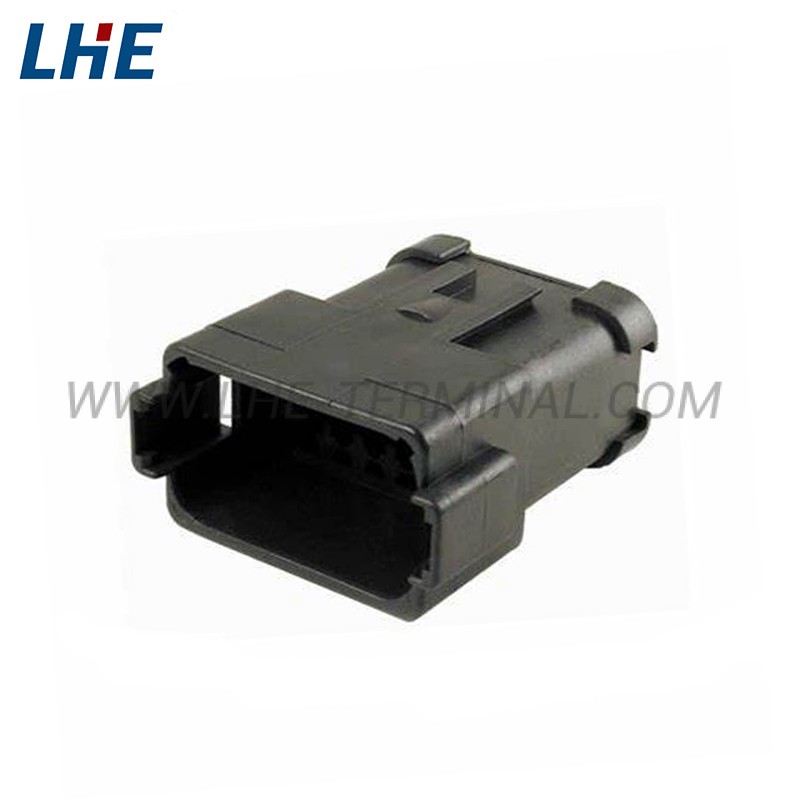The EEA Electrical/Electronic Architecture (EEA Electrical/Electronic Architecture) integrates various sensors, ECU (Electronic Control Unit), wiring harness topology and electronic and electrical distribution system in the car to complete the calculation, distribution of power and energy, and then realize the whole vehicle. Various functions.
If a car is compared to the human body, the mechanical structure of the car is equivalent to the human skeleton, the power and steering are equivalent to the human limbs, and the electrical and electronic architecture is equivalent to the human nervous system and brain, which is the key to the information interaction and complex operation of the car. The electronic and electrical architecture covers the software and hardware of the on-board computing and control system, sensors, communication networks, electrical distribution systems, etc.; it combines various subsystems in an orderly manner through specific logic and specifications to form an organic whole that realizes complex functions. In the era of functional cars, once a car leaves the factory, the user experience is basically solidified; in the era of smart cars, cars are frequently used and new, and thousands of people have thousands of faces. The evolution of electronic and electrical architectures to centralization is the premise of this transformation. From distributed to domain control to centralized, with the development of chips and communication technologies, electrical and electronic architectures are undergoing tremendous changes.

















